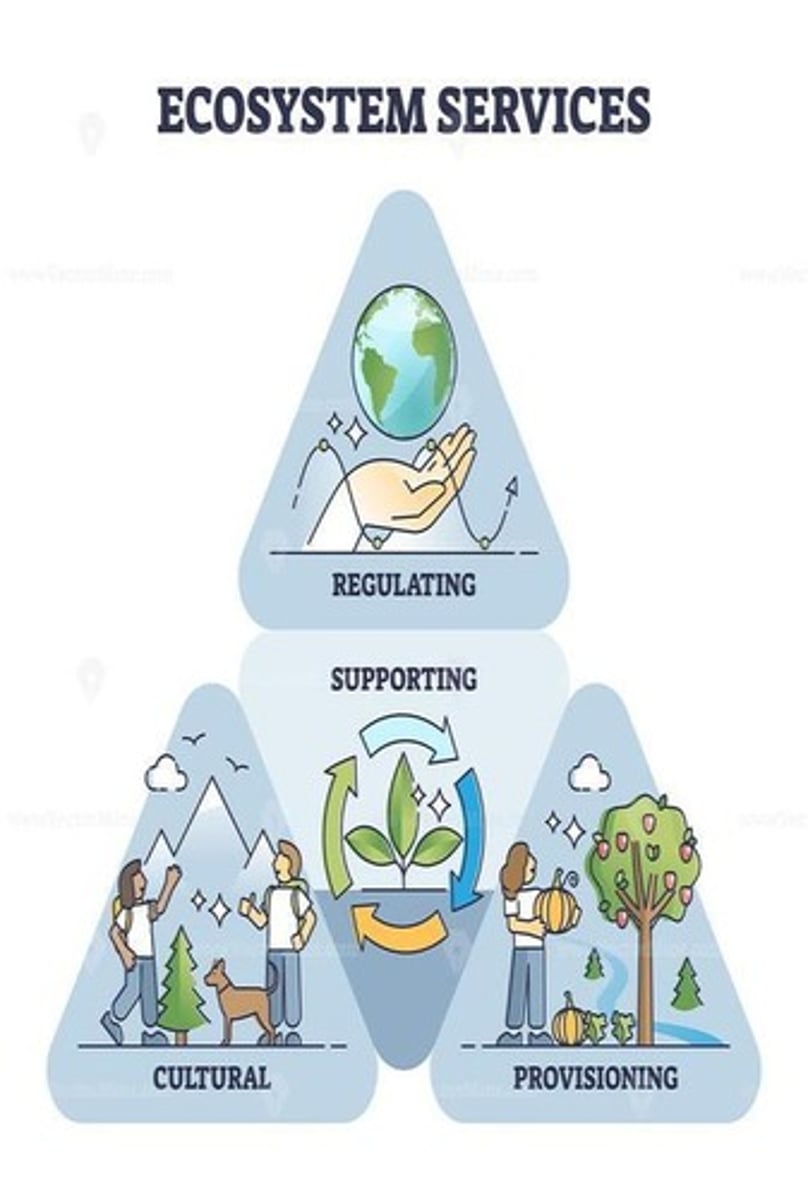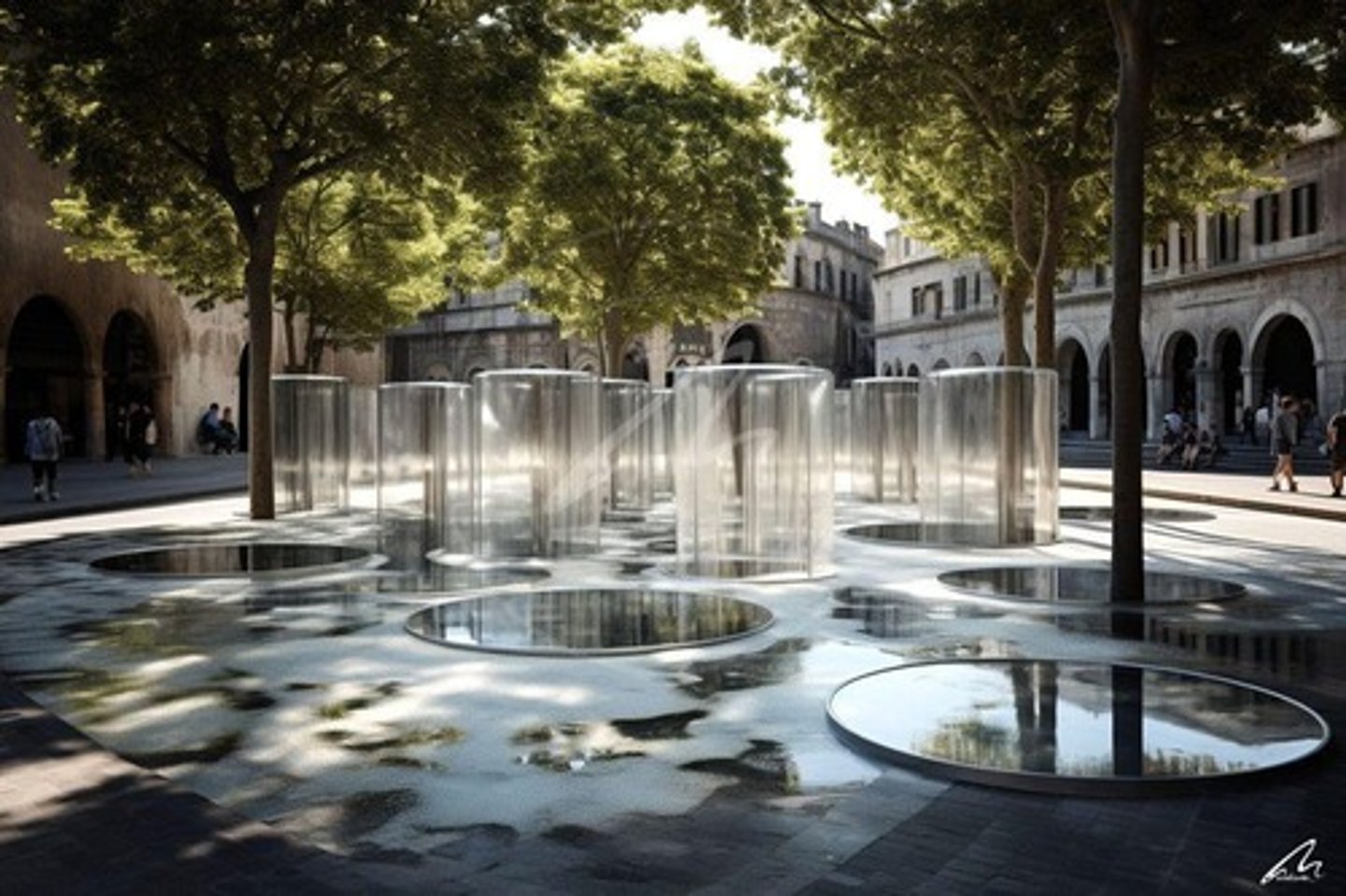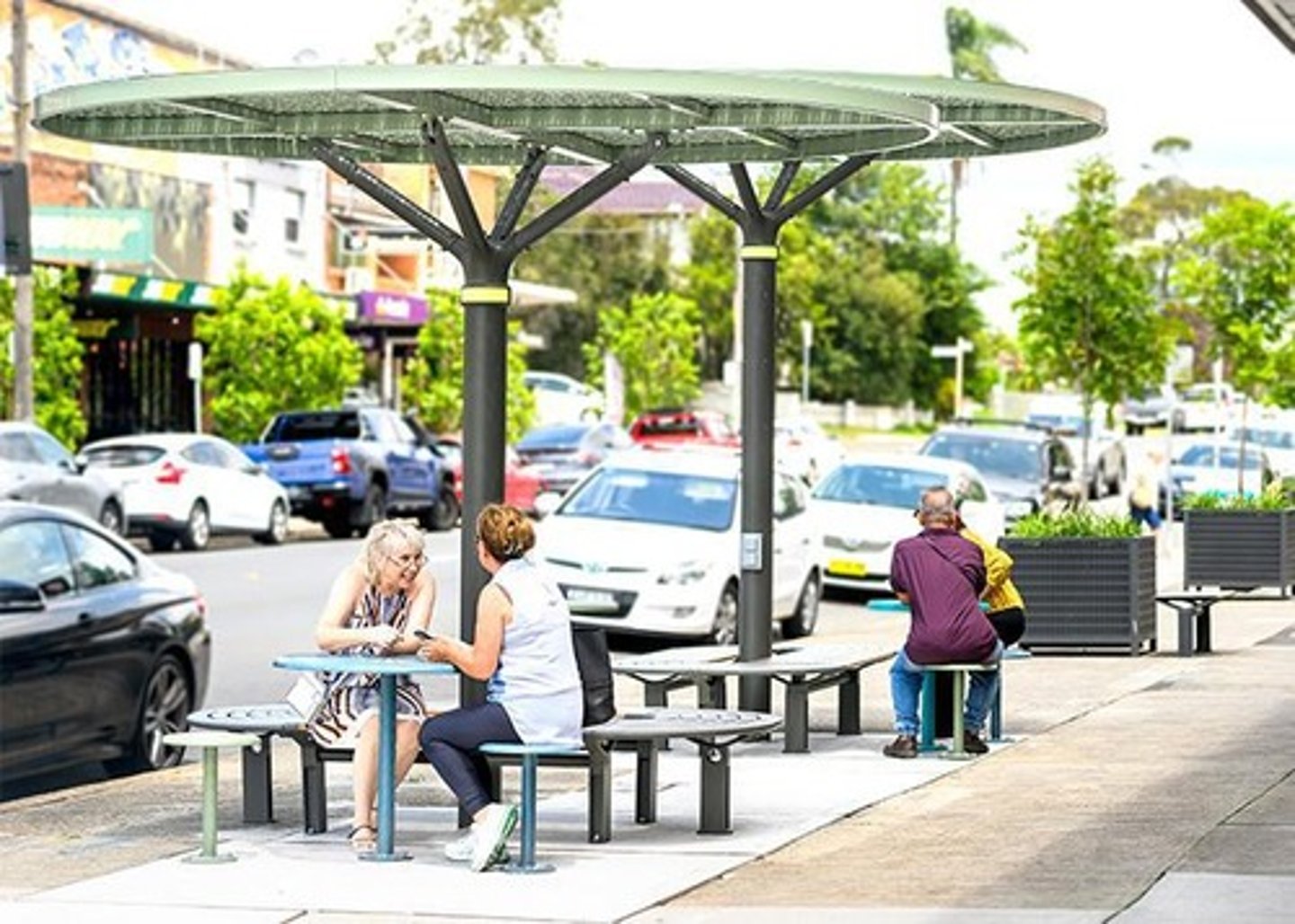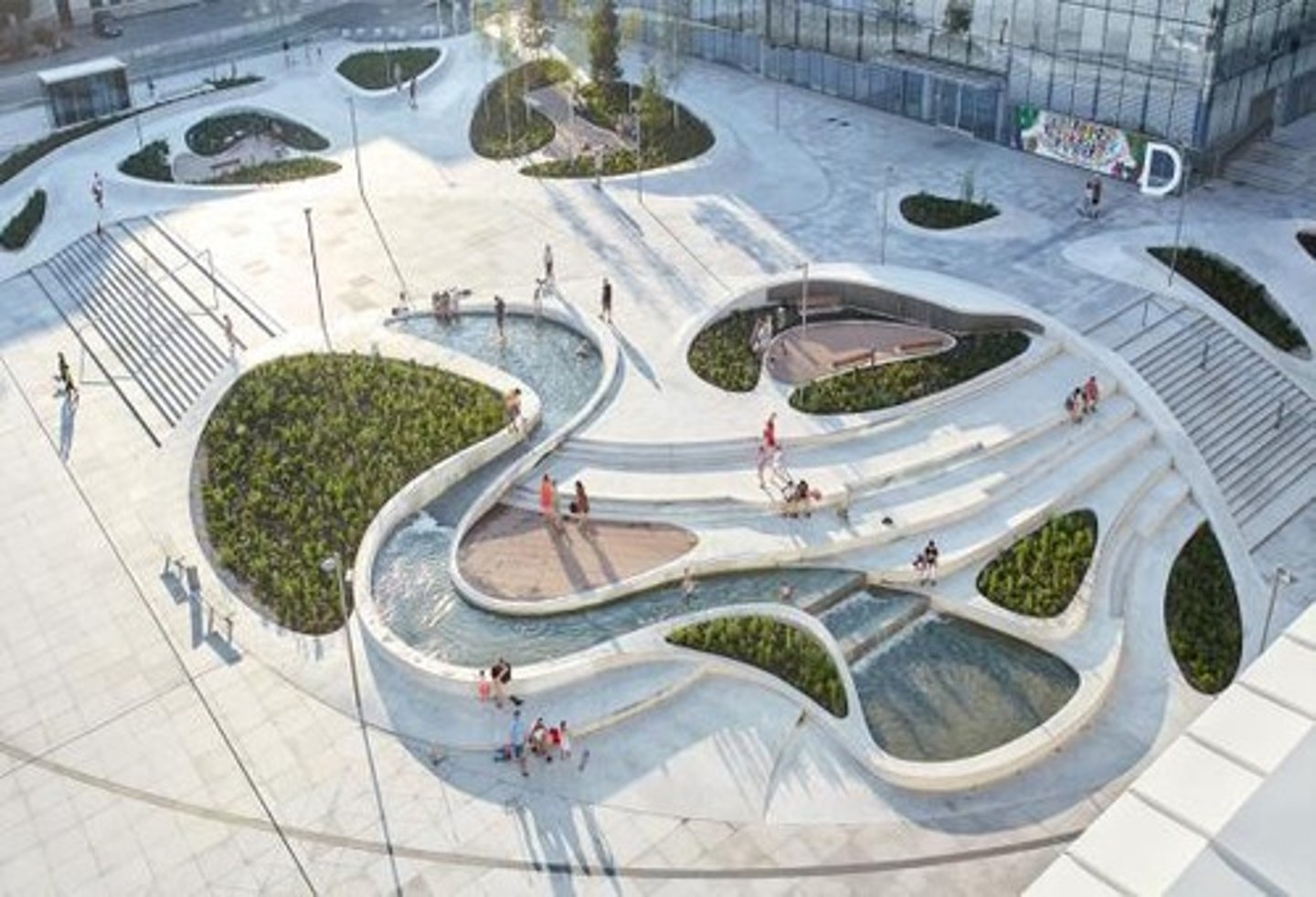Urban Aesthetics and Space in Urban Design: Elements, Configurations, and Infrastructure
1/32
There's no tags or description
Looks like no tags are added yet.
Name | Mastery | Learn | Test | Matching | Spaced |
|---|
No study sessions yet.
33 Terms
Urban Aesthetics
Explores how the artistic arrangement of elements in a city contributes to human well-being, a city's identity, and its functionality.
Impacts of Urban Aesthetics
Impacts the residents' sensory experience and enhances the quality of life.
Elements of Urban Aesthetics
Includes architecture, landscape & urban greenery, public art, and street furniture.
Architecture
Comprises style, materials, and form.
Landscape & Urban Greenery
Includes aesthetics, ecological services, and social benefits.

Public Art
Any artistic work placed in a public urban environment to be enjoyed by the public.

Street Furniture
A collective term for objects and equipment installed in public spaces for various functional and aesthetic purposes.

Aesthetic Experience
Involves human perception and sensory experience, emphasizing the people-place connection.
Light, Scale & Color
Elements that contribute to the aesthetic experience in urban environments.
Culture and Urban Aesthetics
Involves identity and heritage, symbolic meaning, and community engagement.
Identity and Heritage
Aspects of culture that influence urban aesthetics.
Symbolic Meaning
The significance that elements of urban aesthetics hold within a community.
Community Engagement
The involvement of community members in the aesthetic aspects of urban planning.
Hein, C. (2010)
Author of 'Urban Planning and Aesthetics.'
Lynch, K. (1960)
Author of 'The Image of the City.'
Nia, H. & Olugbenga, F. (2020)
Authors of 'A Quest on the Role of Aesthetics in Enhancing Functionality of Urban Planning.'
Paetzold, H. (2024)
Author of 'Aesthetics of Urban Design.'
Jan Gehl Quote
"First, we shape cities - then they shape us."
Space
Refers to the area between and around buildings and other elements that make up the physical environment of cities.
Physical or existential space
The tangible, built elements of a city, such as streets, plazas, and parks.
Mental or experiential space
The representation and perception of a physical space by the people who use it.
Public Space
Places that are open and accessible to everyone, defining the character of a city and functioning as the city's 'living room.'

Private Space
Property owned by private individuals or sectors, with access and use typically restricted to those permitted by law or custom.
Semi-Public Space
Privately owned spaces that are publicly accessible.
Semi-Private Space
Areas that are primarily for residents or a specific group but are sometimes accessible to the wider community.
Spatial configurations
Refers to how the physical layout of a city's streets and open spaces is structured.
Axial Relations
Refers to the straight line of sight and movement that can be drawn through public space.
Hierarchy of Spaces
Organizes areas from most public to most private, structuring the city from public to private realms, to guide human activity and foster a sense of place and order.
Systems of Movement
The interconnected system of streets, roads and paths that accommodates pedestrians and cyclists, on-road public transport, emergency and private vehicles.
Physical foundation
Systems for transport, water, energy, and telecommunications.
Transportation systems
Fundamental drivers of urban spatial structure, shaping land use, economic activity, and social equity.
Urban Infrastructure
Influences how cities are built, how people live and move within them, and how they interact with their environment.
Green Infrastructure
Crucial for creating sustainable and resilient cities that can withstand climate change and population growth.